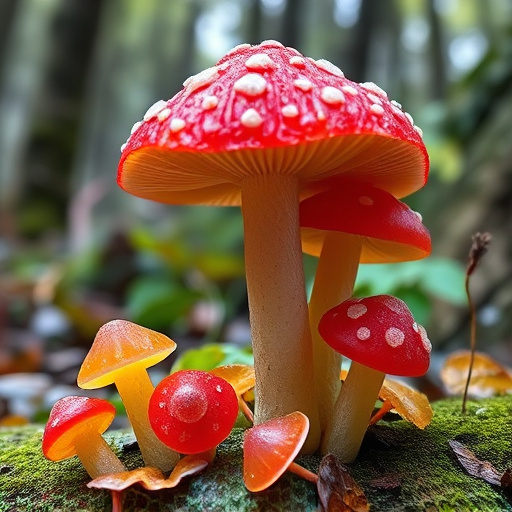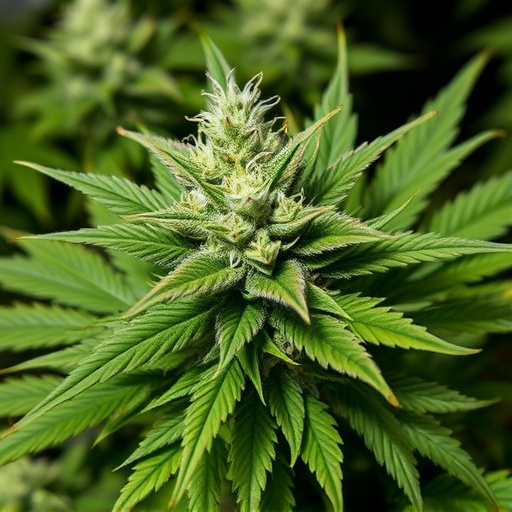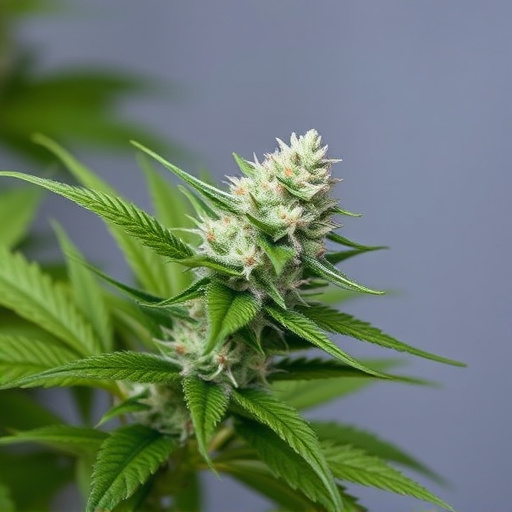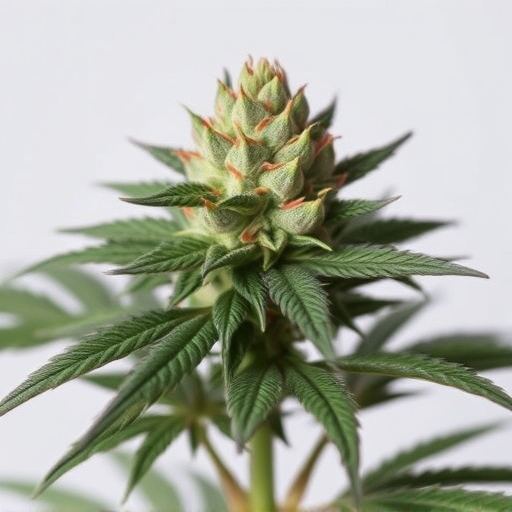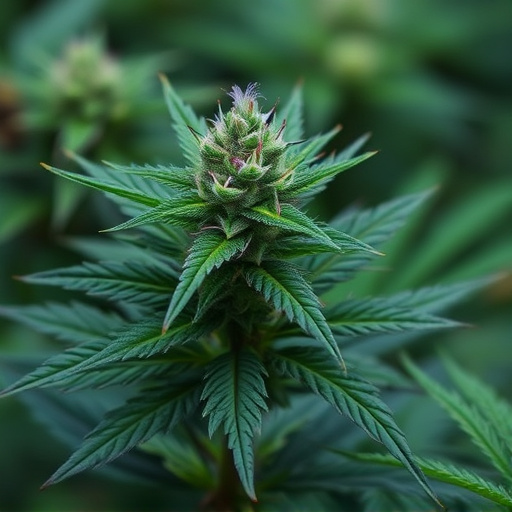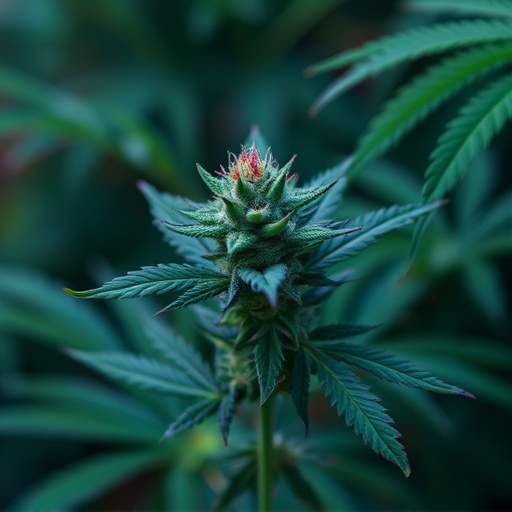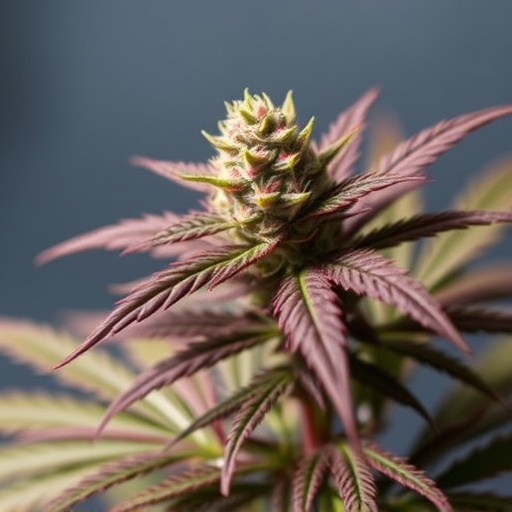The distinctive aroma of cannabis is largely due to terpenes, aromatic compounds found in various plants, which significantly influence the therapeutic properties and sensory experience of different strains. Terpenes like myrcene, known for its earthy scent and potential pain-relieving effects, are highly valued in strains popular among fibromyalgia patients. Other notable terpenes include limonene, pinene, and linalool, each offering distinct aromas and medicinal benefits. This complex interplay between cannabinoids and terpenes creates diverse aromatic profiles that cater to specific therapeutic needs, making certain cannabis strains beneficial for managing fibromyalgia symptoms through aromatherapy. Selecting the best cannabis strains for fibromyalgia relief requires understanding this dynamic relationship.
Unraveling the intricate world of cannabis aroma reveals a complex interplay of chemical compounds, plant physiology, and sensory perception. This article delves into the multifaceted factors that determine the unique scents and potential therapeutic benefits of cannabis, particularly focusing on its application in managing fibromyalgia. From the chemical backbone of cannabinoids and terpenes to environmental influences and individual preferences, we explore what makes certain strains, like those ideal for fibromyalgia, stand out in the sensory landscape.
- Chemical Compounds and Terpenes: The Aromatic Foundation
- – Exploring the role of cannabinoids like THC and CBD in aroma formation
- – Importance of terpenes: their types and impact on scent and potential therapeutic effects for fibromyalgia
Chemical Compounds and Terpenes: The Aromatic Foundation
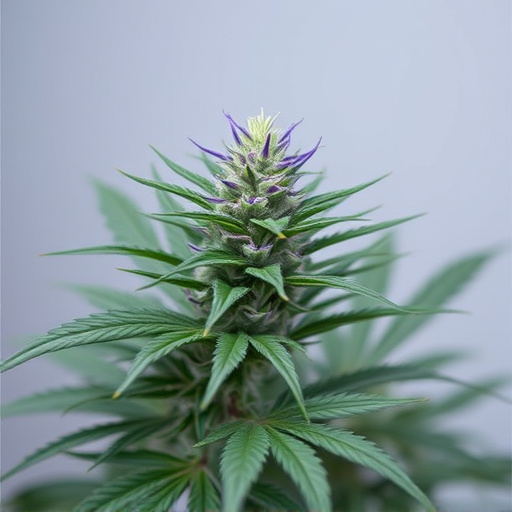
Cannabis aroma is a complex interplay of various chemical compounds, with terpenes playing a pivotal role in shaping the unique scents we associate with different strains. Terpenes are aromatic organic compounds that occur naturally in many plants, including cannabis. They contribute significantly to the distinct character and therapeutic potential of specific strains, making them an essential consideration for users looking for relief from conditions like fibromyalgia—one of the best cannabis strains for fibromyalgia often balances these terpenes to offer maximum benefits.
Each terpene offers its own sensory and medicinal properties. For instance, myrcene is known for its earthy, musky scent and has been linked to potential pain-relieving effects, making it a desirable component in many cannabis varieties, especially those sought after by patients with fibromyalgia seeking relief from chronic pain. Other notable terpenes include limonene, known for its citrusy aroma and mood-enhancing properties; pinene, which imparts a piney scent and may have anti-inflammatory benefits; and linalool, often associated with lavender and offering relaxing effects. The combination and relative concentrations of these terpenes in cannabis plants create the aromatic foundation that contributes to the diverse experiences users enjoy from different strains, including those popular among fibromyalgia sufferers looking for natural relief.
– Exploring the role of cannabinoids like THC and CBD in aroma formation
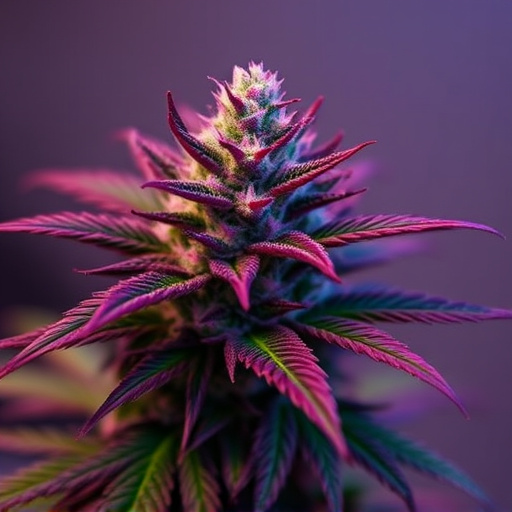
Cannabis aroma is a complex interplay between various chemical compounds, with cannabinoids playing a pivotal role. Terpenes, often referred to as the “aroma molecules” in cannabis, are another key contributor, but it’s the interaction between terpenes and cannabinoids that creates the unique scents we associate with different strains. Among the plethora of cannabinoids present in cannabis, THC (tetrahydrocannabinol) and CBD (cannabidiol) are especially significant due to their strong aromatic properties.
THC, renowned for its psychoactive effects, also imparts a distinct skunk-like aroma. Conversely, CBD is known for its calming attributes and often contributes to the earthy, floral, or fruity notes in cannabis. When terpenes like myrcene, limonene, and pinene bond with cannabinoids, they enhance each other’s aromas, leading to the diverse profiles that make cannabis such a captivating subject for connoisseurs. This dynamic interaction explains why certain strains are renowned for their soothing effects, making them popular choices for managing conditions like fibromyalgia, where aromatherapy can play a beneficial role in symptom alleviation.
– Importance of terpenes: their types and impact on scent and potential therapeutic effects for fibromyalgia
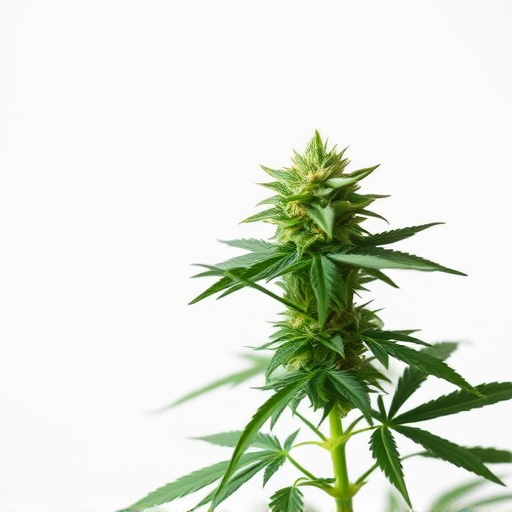
Terpenes, a class of aromatic compounds, play a pivotal role in shaping the unique scents and flavors associated with cannabis. Beyond their contribution to the plant’s aroma, terpenes have garnered significant interest for their potential therapeutic benefits, including their purported ability to alleviate symptoms of fibromyalgia. Different terpene types evoke distinct olfactory experiences, ranging from citrusy and floral notes to earthy and spicy nuances. For instance, myrcene, a prevalent terpene in many cannabis strains, is known for its earthier scent and has been linked to potential pain-relieving effects, making it a popular choice among those seeking relief from chronic pain conditions like fibromyalgia.
When considering the best cannabis strains for fibromyalgia, the terpene profile is an essential factor. Certain strains are renowned for their high concentrations of specific terpenes that may interact synergistically with cannabinoids, such as THC and CBD, to offer more effective therapeutic benefits. This complex interplay between terpenes, cannabinoids, and the human body underscores the significance of understanding cannabis aroma and its potential implications for managing conditions like fibromyalgia.
Cannabis aroma is a complex interplay of chemical compounds, particularly cannabinoids like THC and CBD, and terpenes. Terpenes play a pivotal role in shaping scent profiles and offering potential therapeutic benefits, including relief from fibromyalgia symptoms. When considering the best cannabis strains for fibromyalgia, understanding these aromatic components becomes key to selecting varieties that may provide optimal relaxation and pain management.
